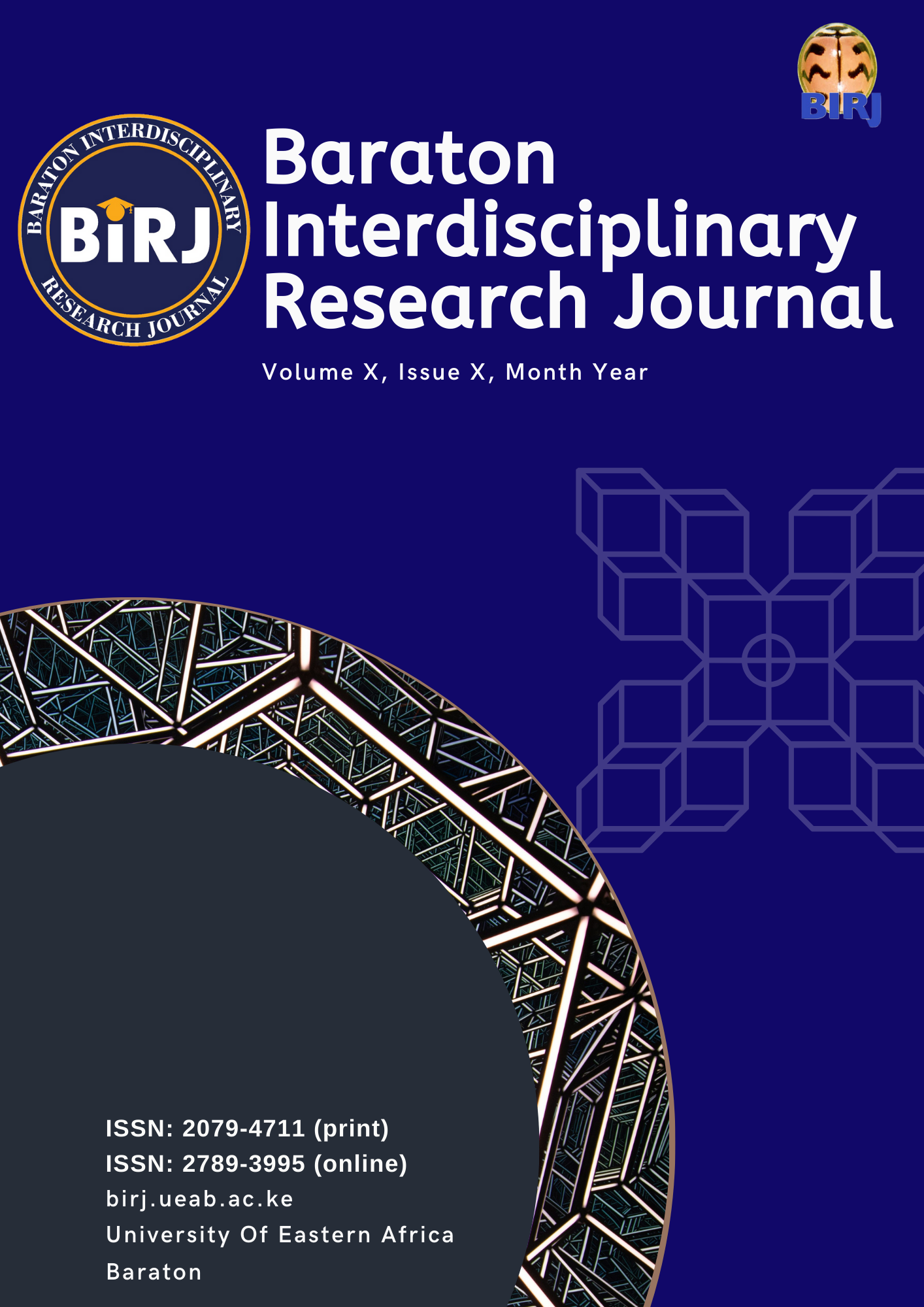BIOCONTROL POTENTIAL OF SELECTED PLANT ESSENTIAL OIL CONSTITUENTS AS FUMIGANTS OF INSECT PESTS ATTACKING STORED FOOD COMMODITIES.
Keywords:
Callosobruchus chinensis, Oryzaephilus surinamensis, Rhyzopertha dominica, Sitophilus oryzae, Tribolium castaneum, Essential oil constituent, Fumigant toxicity.Abstract
Laboratory space fumigation studies were conducted to evaluate the fumigant toxicity of selected essential oil terpenoids
against adult Sitophilus oryzae L., Rhyzopertha dominica F., Tribolium castaneum (Herbst), Oryzaephilus surinamensis
- and Callosobruchus chinensis F. Five essential oil constituents, alpha humulene, caryophyllene oxide, myrcene,
R-(+)-alpha pinene and R-(+)-beta pinene were each evaluated at four rates (0, 1, 5 and 10 µl/L air) in space fumigation
chambers with four replicates per concentration. Results showed strong dose-, insect species- and time-dependent
fumigant toxicity in which caryophyllene oxide, myrcene, α- humulene, R- (+)-α- pinene and R- (+)-β- pinene caused
18- 100, 49- 100, 55- 100, 47- 100 and 33- 100% kill of all test insects, except the most tolerant species, T. castaneum, at
10 µl/L air 168 h after treatment. Except T. castaneum, end-point LC50 values of 0.03- 8.5, 0.03- 7.0, 0.01- 4.82, 0.01-
8.20 and 0.03- 6.5 µl/L air were obtained for the five terpenoids, respectively. The varied toxicities could be explained
by the compound structure-insecticidal activity relationships that influence their degree of penetration into the insect
cuticle and neurotoxicity. These findings provide the scientific basis for using essential oils as fumigants against storage
insects and hence, potential alternative fumigants in both subsistence and commercial agriculture. Further studies are
recommended to evaluate the grain fumigation potency, biosafety and broad spectrum bioactivity of these essential
constituents against insect pests of stored food commodities.
Downloads
Published
Issue
Section
License
License Terms
All articles published in the Baraton Interdisciplinary Research Journal (BIRJ) are licensed under a Creative Commons Attribution-NonCommercial-ShareAlike 4.0 International License (CC BY-NC-SA 4.0).
This license permits users to share (copy and redistribute) and adapt (remix, transform, build upon) the material for non-commercial purposes, provided that proper attribution is given to the original authors, a link to the license is included, and any derivative works are distributed under the same license.
Full license details: https://creativecommons.org/licenses/by-nc-sa/4.0/
Most read articles by the same author(s)
- Prof. J.O. Ogendo, TOXIC, ANTIFEEDANT AND REPELLENT ACTIVITY OF AQUEOUS CRUDE EXTRACTS OF Tephrosia vogelii HOOK ON THE LARVAL STAGES OF Helicoverpa armigera HÜBNER , Baraton Interdisciplinary Research Journal: Vol. 1 No. 1 (2011)

